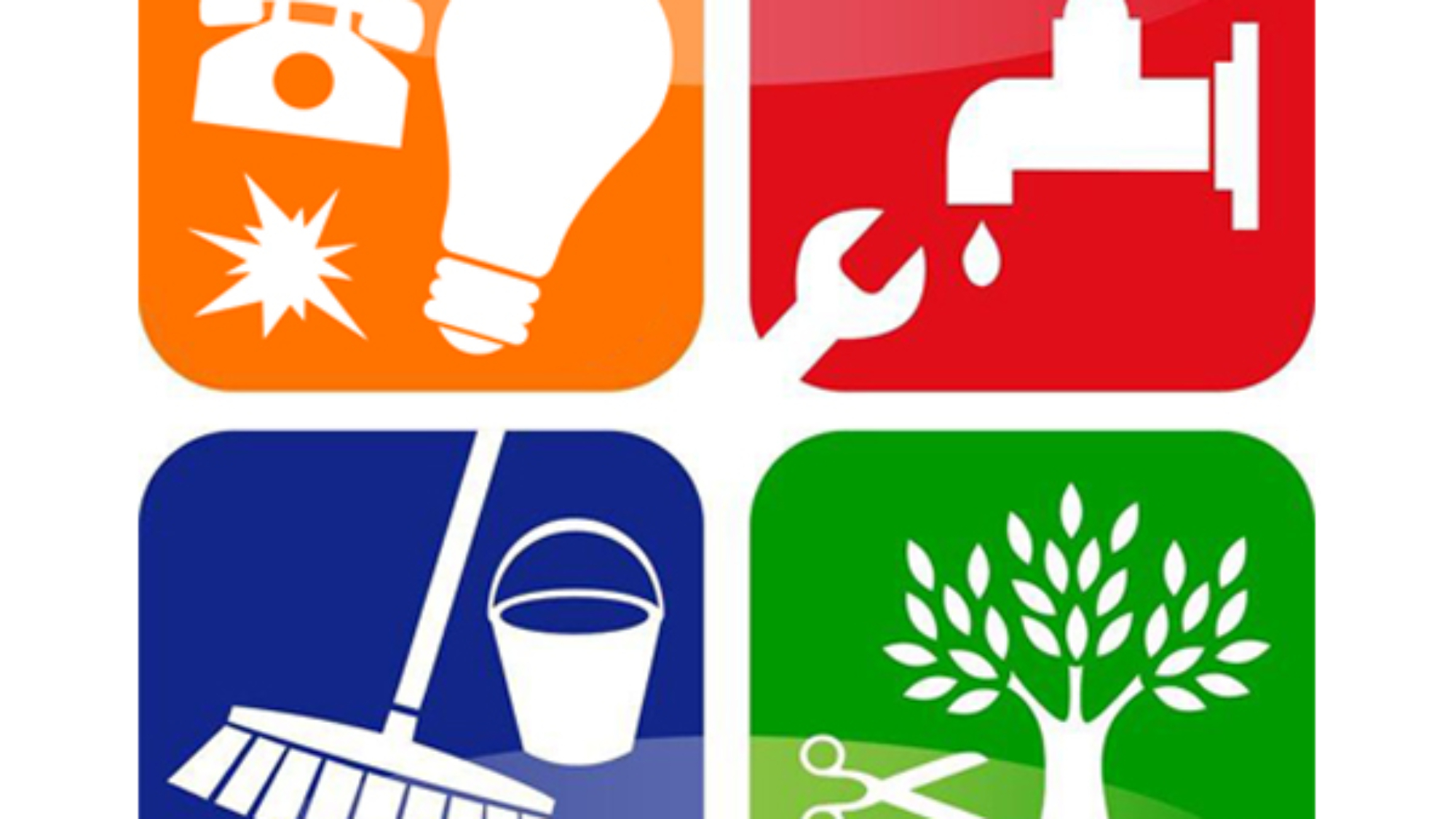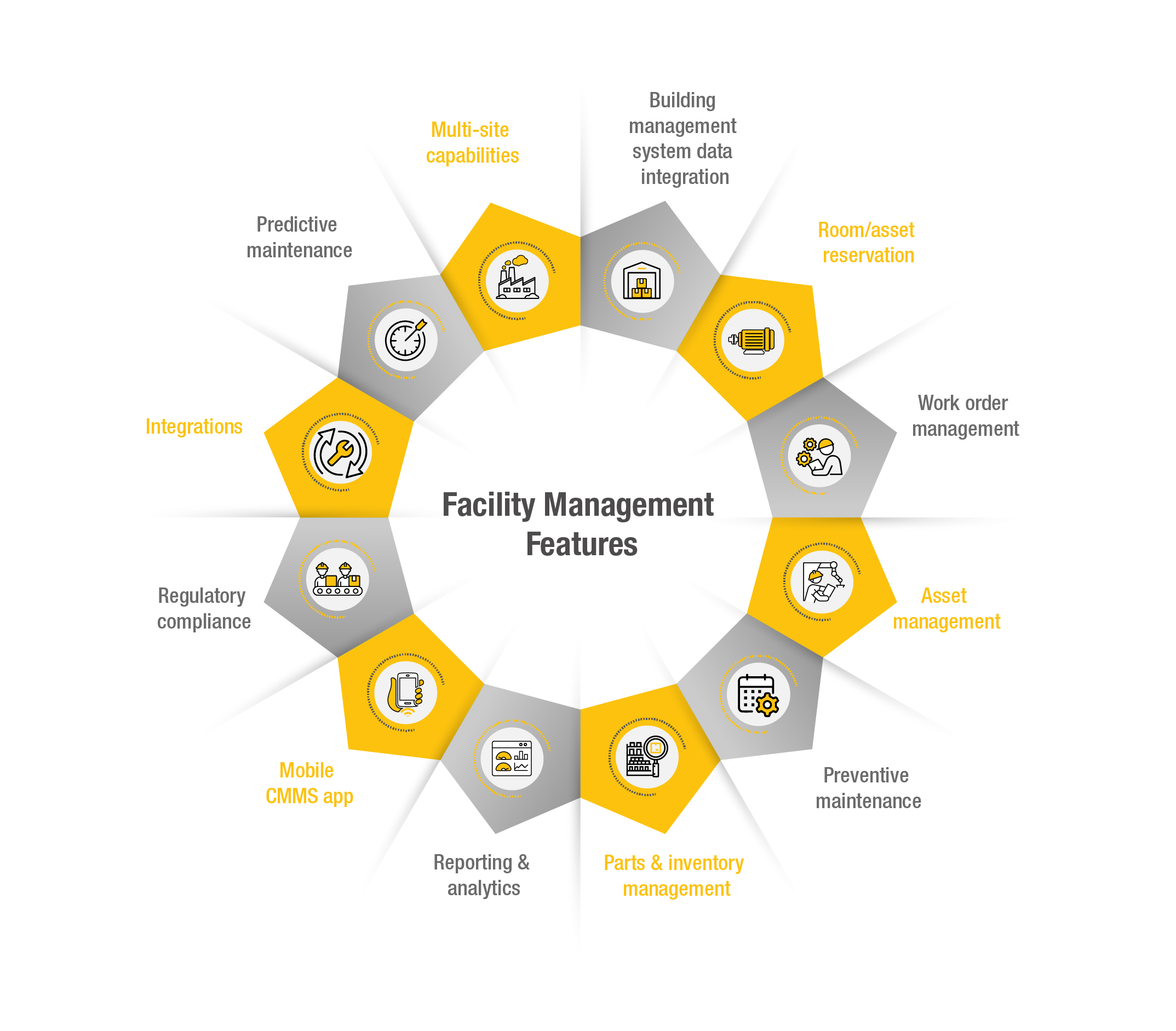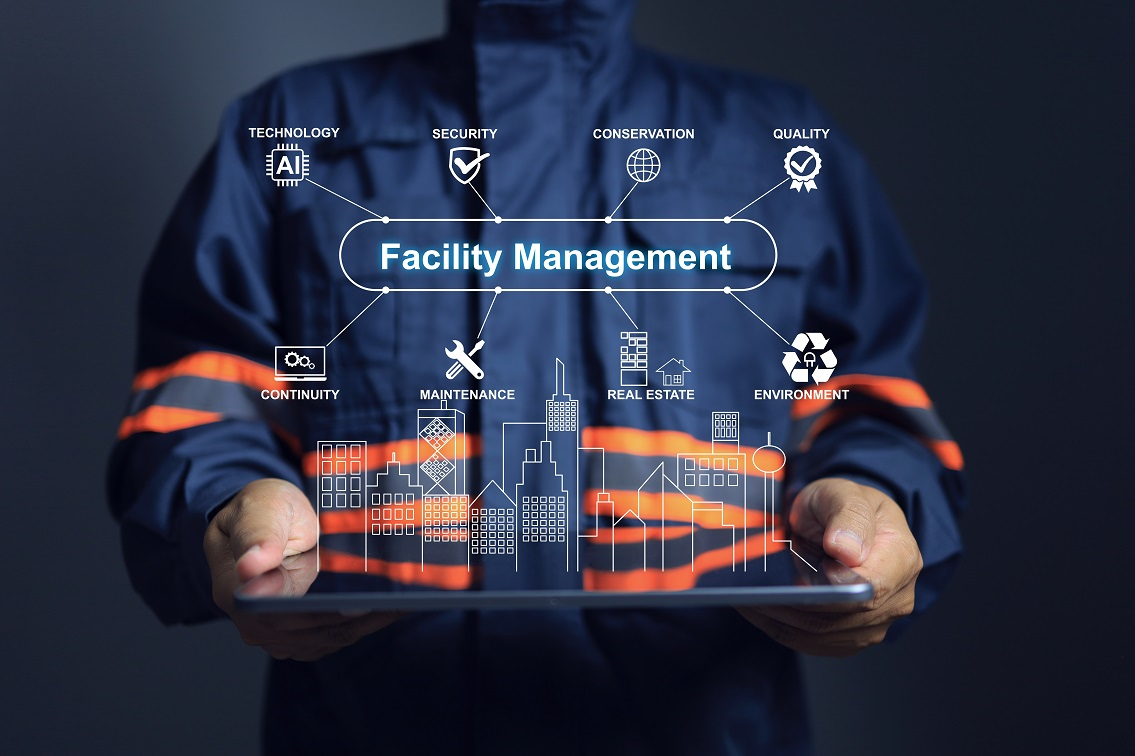Trick Fads Shaping the Future of Facility Monitoring in 2024
As we expect 2024, the landscape of facility administration is poised for significant change, driven by a number of key patterns. The integration of wise structure innovations and a shift in the direction of data-driven decision-making guarantee to enhance functional efficiency while focusing on sustainability in practice. The appearance of crossbreed work designs is improving office atmospheres, demanding innovative design services that cater to progressing staff member needs. Amid these modifications, the focus on occupant wellness continues to get traction, highlighting the importance of a healthy work environment. Just how these fads will show up in practice stays an essential question for industry experts.
Smart Structure Technologies

Smart structure modern technologies include a broad array of systems, including smart illumination, heating and cooling controls, and security systems. By incorporating these systems, facility managers can keep track of and change parameters in real-time, causing considerable decreases in power waste and operational costs. As an example, wise sensors can identify occupancy degrees and readjust illumination and temperature as necessary, guaranteeing that power is just used when needed.
In addition, these technologies facilitate enhanced information collection, allowing organizations to track use patterns and identify chances for additional renovations. The application of clever building modern technologies not only adds to sustainability goals however additionally produces much healthier job environments that can enhance staff member performance and complete satisfaction.
As we relocate into 2024, the fostering of clever structure technologies will likely speed up, showing a broader change towards more intelligent, receptive, and lasting facility administration methods.
Data-Driven Choice Making
Significantly, organizations are leveraging data-driven decision making to improve center monitoring techniques. By harnessing data analytics, facility managers can obtain workable understandings that dramatically improve operational effectiveness and source appropriation. The assimilation of advanced modern technologies, such as IoT sensors and real-time monitoring systems, enables the collection of large amounts of data on building efficiency, occupancy rates, and energy consumption.
This wealth of information allows center supervisors to recognize fads, forecast upkeep demands, and proactively address concerns before they intensify. As an example, predictive analytics can forecast devices failures, decreasing downtime and fixing costs. In addition, data visualization devices assist in better communication among stakeholders, ensuring that informed choices are made collaboratively.
In addition, data-driven strategies improve critical preparation by allowing facility supervisors to analyze the efficiency of present practices and make informed selections pertaining to financial investments in innovation or infrastructure. As companies increasingly prioritize functional excellence, data-driven decision production is poised to come to be a cornerstone of effective center management strategies in 2024 and past. Eventually, the capacity to take advantage of data properly will equip organizations to create more reliable, efficient, and resilient centers.
Sustainability and Green Practices
The focus on data-driven decision making normally straightens with the expanding emphasis on sustainability and green techniques within facility monitoring. As organizations increasingly prioritize ecological responsibility, center supervisors are leveraging analytics to enhance source usage, reduce waste, and lessen carbon footprints. This calculated approach allows the integration of energy-efficient systems, such as LED illumination, wise cooling and heating controls, and renewable resource resources right into facility procedures.
Furthermore, the execution of sustainable methods extends past energy intake. Facility managers are taking on environmentally friendly products and promoting recycling efforts to develop a round economy within their facilities. This not just boosts the environmental profile of the company yet also promotes a society of sustainability amongst employees.
Compliance with ecological policies is one more critical element driving the fostering of environment-friendly practices. By using data analytics, center supervisors can keep track of compliance metrics and determine locations for renovation, making sure adherence to worldwide and regional sustainability requirements.
Crossbreed Job Versions
A substantial shift in the direction of crossbreed work designs is improving the landscape of center administration in 2024. This paradigm integrates remote and in-office work, requiring a reevaluation of area use, resource allotment, and employee engagement methods. Organizations are significantly identifying the relevance of versatile work spaces that provide to varied requirements and preferences.
Facility managers need to adapt by applying flexible workplace designs that sustain collaborative efforts while giving areas for concentrated work. This consists of the integration of innovation to promote seamless interaction and cooperation amongst more info here remote and in-office workers. Smart structure solutions, furnished with analytics and sensors, permit real-time monitoring of room use, enabling organizations to enhance their settings efficiently.
Moreover, hybrid job versions emphasize the need for efficient center monitoring that prioritizes staff member experience. This encompasses not only technology and area layout however additionally the growth of plans that advertise a well balanced work-life dynamic. As companies navigate this transition, the duty of facility management becomes critical in producing an active office that cultivates performance and drives business success. Fundamentally, the hybrid work design is reinventing center administration, encouraging a proactive approach to meet the evolving demands of the workforce.
Enhanced Resident Wellness
As companies accept hybrid work he said models, a heightened emphasis on resident wellness is becoming indispensable to center administration strategies. Facility Management. This change acknowledges that a healthy and satisfied workforce straight affects productivity and retention prices. Facility supervisors are currently prioritizing settings that promote physical and psychological well-being, integrating elements such as all-natural lighting, biophilic layout, and available wellness resources

Modern technology plays a crucial function in this advancement. Smart structure systems can monitor environmental aspects and readjust setups in real-time, making certain optimum convenience degrees - Facility Management. Additionally, comments systems, such as tenancy sensing units and worker studies, permit center supervisors to continually refine wellness efforts based on passenger needs.

Verdict
In 2024, the future of facility management will certainly be considerably affected by the integration of clever building modern technologies and data-driven decision-making, fostering enhanced operational effectiveness. These fads jointly underscore the advancing landscape of facility administration in feedback to modern obstacles and chances.
Center supervisors you can check here are advertising and adopting environmentally friendly products reusing initiatives to produce a round economic situation within their facilities.A significant change towards hybrid work designs is improving the landscape of center management in 2024.Moreover, crossbreed job versions emphasize the need for efficient center monitoring that focuses on worker experience.As companies welcome hybrid work designs, an enhanced emphasis on owner wellness is coming to be integral to facility management techniques.In 2024, the future of facility administration will be substantially affected by the assimilation of clever building innovations and data-driven decision-making, promoting enhanced operational effectiveness.
Comments on “Best Practices in Facility Management for Modern Organizations”